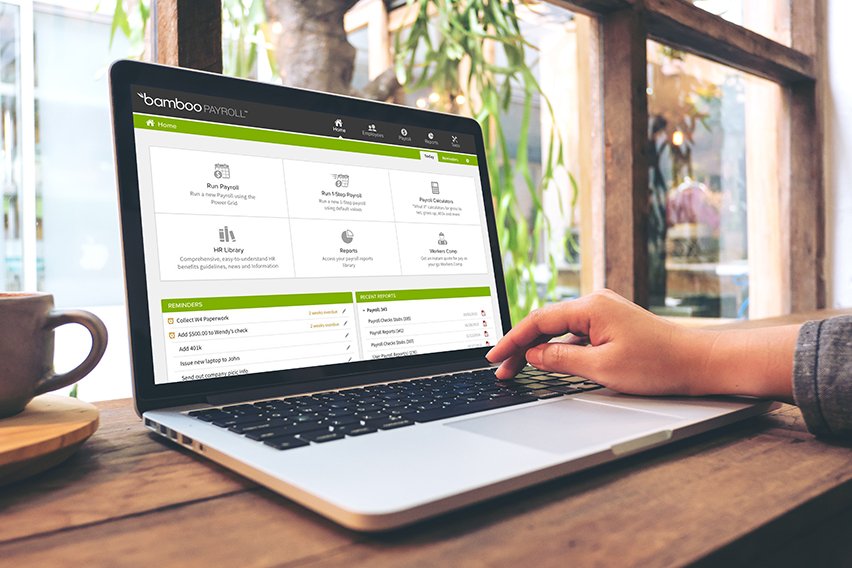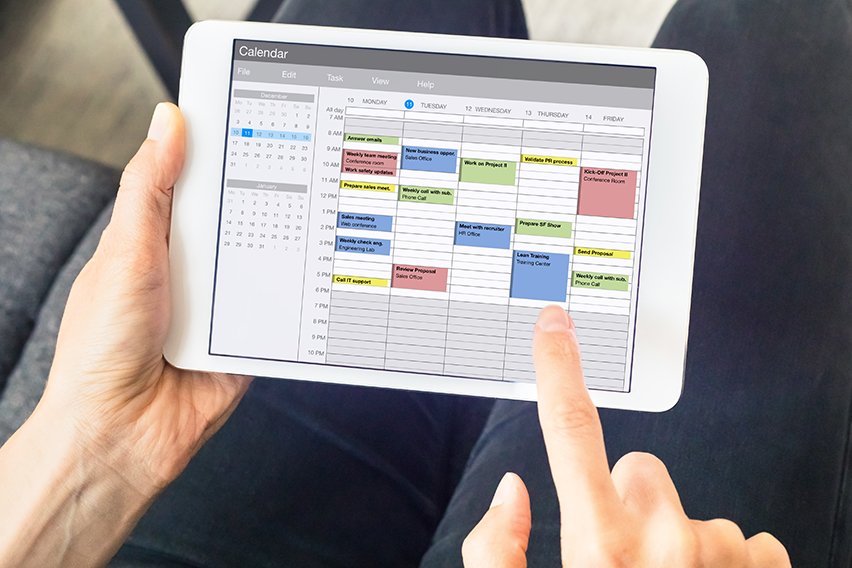What Are Performance Standards & How to Create Them

An employee’s job description outlines the responsibilities in their role. Performance standards let them know how well they have to do them.
You know when you’re reading through a job description and it outlines the tasks and responsibilities for the potential role? It’s telling you what work needs to get done while in that position. But there are also performance standards to meet.
They tell the employee how well they have to complete their tasks and responsibilities. This helps to create accountability but also establishes a level of quality. You can address the performance level and make any necessary adjustments with the employee.
Here is everything you need to know about performance standards and how to create them.
Here’s What We’ll Cover:
What Are Performance Standards?
How to Create Performance Standards for Your Business
What Are Performance Standards?
Every different job has a unique job description. There can be different demands, skills and education levels required to perform well in certain roles. That’s where establishing performance standards helps ensure employees are providing quality work.
A job description will explain exactly what an employee needs to get done. Performance standards will explain exactly how an employee can perform their tasks to complete their job well. The standards will depend on the type of business that you operate and the industry that you are in.

But there are some criteria that your standards should meet. Try and have them be:
- Easy to understand
- Relevant to the specific position
- Simple to measure
- Specific
- Achievable
Once you develop your performance objectives you can then begin to manage expectations. If your employees exceed or show adequate performance then they would meet the standards. If their level of performance is below the expected level then they wouldn’t meet the standards.
If employee performance is below the expected level you can implement a performance improvement plan. This will outline steps that the employee can take to help improve their performance and reduce their error rate. Usually, there are dates or deadlines that the employee has to complete their performance improvement plan.
How to Create Performance Standards for Your Business
It can be beneficial to try and develop your performance standards with your employees if possible. Since they are the ones in the role on a day-to-day basis, they might have additional insights or ideas to offer. And for new employees, performance standards should get explained during the first month on the job or as soon as possible.
Here are some steps to follow to help create your own performance standards.
- Review Your Guidelines
- You want your performance standards to be completely objective and for a certain position, not an individual person
- Performance standards should explain to an employee how well their job should get done
- Employees should be able to exceed standards if they have great performance
- Identify the Main Tasks, Responsibilities and Goals
- Focus on the tasks and responsibilities that are the most important
- Standards don’t need to get developed for each and every individual task

- Determine What the Criteria for Success Are
- This is how you will measure an employee’s performance standards
- Some indicators of excellent performance could include accuracy, customer satisfaction or timeliness
- Some indicators of successful quality could include attention to detail or professionalism
- Write Your Performance Standards
- You have developed and gathered all the information that you need to write your performance standards
- Make sure that the standards are described in objective and specific terms
- Include any provisions for special circumstances if something is out of an employees control
Key Takeaways
It can be difficult to know where to start or how to make your performance standards motivational for your employees. You don’t want the standards to be too soft or too much of a stretch where an employee can’t achieve them. But you also don’t want them to be too complicated, either.
There are benefits of performance standards but there’s also a balance that you might need to consider. And one of the best ways to make sure that your performance standards are motivational and achievable is to consult your employees. They can provide you with valuable insights into the challenges of their role.
Solid performance standards need to be achievable, easy to understand and specific. This will allow you to accurately evaluate your employee’s performance. You can then implement a performance improvement plan for the employee if they aren’t meeting expectations.
The plan can include things like future training or objectives the employee must meet over a certain time period. Working with your employees to establish and meet successful performance standards will set everyone up to win.
Did you enjoy reading this guide? Head over to our resource hub for more content.
RELATED ARTICLES

 How to Work 16 Hours a Day: 4 Tips
How to Work 16 Hours a Day: 4 Tips Long Working Hours: 9 Effects Of Overtime
Long Working Hours: 9 Effects Of Overtime Efficiency Vs Productivity: What’s the Difference?
Efficiency Vs Productivity: What’s the Difference? 4 Best Timekeeper Software for Time Tracking
4 Best Timekeeper Software for Time Tracking How to Track Volunteer Hours and Log Time
How to Track Volunteer Hours and Log Time How to Control Time: 5 Ways to Improve Productivity
How to Control Time: 5 Ways to Improve Productivity